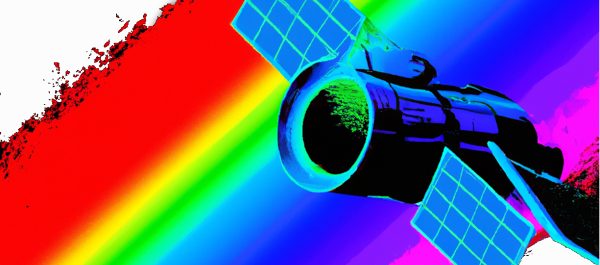HYPSO-3
HYPSO-3 -- work in progress, exploring new sensors
HYPSO-3: High-resolution hyperspectral imaging
The Norwegian University of Science and Technology (NTNU) is developing the HYPSO-3 mission, a next-generation Earth observation project building on the successful HYPSO-1 and HYPSO-2 satellites. HYPSO-3 is currently in the concept phase, aiming to refine existing technologies for more advanced data collection. The objective is to achieve significantly higher spatial resolution in the visible and near-infrared spectrum, targeting coastal areas, water quality in lakes and rivers, as well as terrestrial applications.

Building on Success
HYPSO-3 leverages the proven technology of its predecessors. The instrument design incorporates modified, commercially available components (COTS) with a strong track record on Earth. These components can be efficiently adapted for spaceflight with minimal risk, as demonstrated by HYPSO-1 and HYPSO-2. This cost-effective approach ensures reliable performance while minimizing development time.
Onboard Processing Powerhouse
HYPSO-3 will leverage the processing architecture established in HYPSO-1 and 2. However, more powerful processors based on the Xilinx Zynq UltraScale family are planned to handle the mission's demands.
Leveraging Existing Infrastructure
The project will utilize NTNU facilities and collaborate with external partners. Communication with the satellites will rely on upgraded UHF and S-band ground stations in Trondheim, supplemented by data downlink access from KSAT stations in Svalbard and Tromsø.
Operations and Data Management
Building on the experience with HYPSO-1, NTNU will manage the HYPSO-3 constellation using an agile and automated approach. Secure data processing, storage, and distribution systems will adapt existing HYPSO-1 and 2 pipelines.
The Future of Earth Observation
The HYPSO-3 mission is a testament to Norway's commitment to space-based Earth observation. By building upon proven technologies and incorporating innovative features, HYPSO-3 promises to deliver valuable data for environmental monitoring, resource management, and scientific research.
